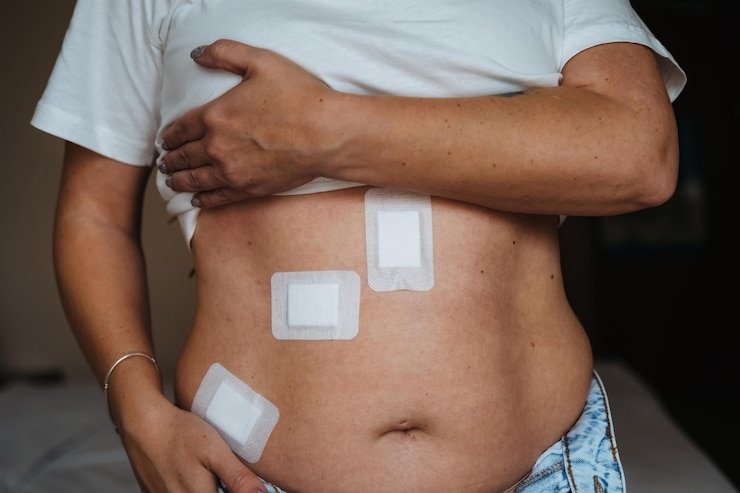eginner’s Guide to Enteroscopy: What You Need to Know
Enteroscopy is a medical procedure used to examine and treat conditions of the small intestine, which is not easily accessible through traditional endoscopy or colonoscopy. If you or someone you know is scheduled for an enteroscopy, understanding the basics can help alleviate anxiety and prepare for the procedure. Here’s what you need to know.Best Gastroenterologist in Rohini.
To know More About it Please Click Here
1. What is Enteroscopy?
Enteroscopy is a minimally invasive procedure that allows doctors to visualize the small intestine using a flexible tube called an enteroscope. This thin, flexible tube is equipped with a camera and a light at its tip, allowing the physician to examine the intestinal lining in detail.
2. Types of Enteroscopy
There are two main types of enteroscopy:
- Push Enteroscopy: In this procedure, the enteroscope is advanced through the mouth or anus into the small intestine by pushing it gently.
- Balloon-Assisted Enteroscopy (BAE): BAE involves the use of balloons attached to the enteroscope to help navigate the small intestine. The balloons are inflated and deflated to advance the scope further into the intestines.
3. Why is Enteroscopy Performed?
Enteroscopy is typically performed to:
- Diagnose and evaluate conditions such as Crohn’s disease, celiac disease, small intestine tumors, or unexplained bleeding.
- Treat conditions like small intestine bleeding, polyps, or strictures by performing procedures such as polypectomy or dilation.
4. Preparation for Enteroscopy
Your doctor will provide specific instructions on how to prepare for the procedure. This may include fasting for a certain period, discontinuing certain medications, and cleansing the bowel using laxatives or enemas.
5. What to Expect During the Procedure
- Enteroscopy is usually performed under sedation or anesthesia to ensure patient comfort.
- The enteroscope is inserted through the mouth or anus, depending on the type of procedure.
- As the scope advances through the small intestine, the doctor carefully examines the intestinal lining for any abnormalities.
- If necessary, therapeutic procedures such as biopsies, polyp removal, or dilation of strictures can be performed during the enteroscopy.
6. After the Procedure Best Gastroenterologist in Rohini.
- After the procedure, you may experience some bloating, gas, or mild discomfort, which should resolve within a few hours.
- It’s essential to follow your doctor’s instructions regarding diet and activity post-enteroscopy.
- Your doctor will discuss the findings of the procedure with you and recommend any further treatment if necessary.
7. Risks and Complications
While enteroscopy is considered safe, like any medical procedure, it carries some risks, including bleeding, perforation of the intestinal wall, or adverse reactions to sedation. However, these complications are rare.
8. When to Call Your Doctor
Contact your doctor if you experience severe abdominal pain, persistent bleeding, fever, or any other unusual symptoms after the procedure.
To know More About it Please Click Here
9. Conclusion
Enteroscopy is a valuable tool for diagnosing and treating conditions of the small intestine. By understanding the basics of the procedure and what to expect, you can approach it with confidence and ease any concerns you may have. Remember to follow your doctor’s instructions closely for a successful and safe enteroscopy experience.Best Gastroenterologist in Rohini.


